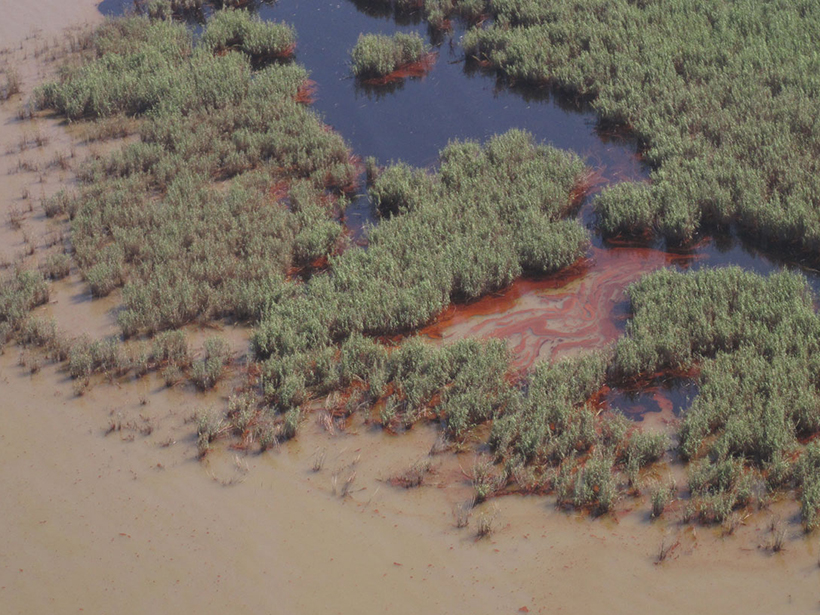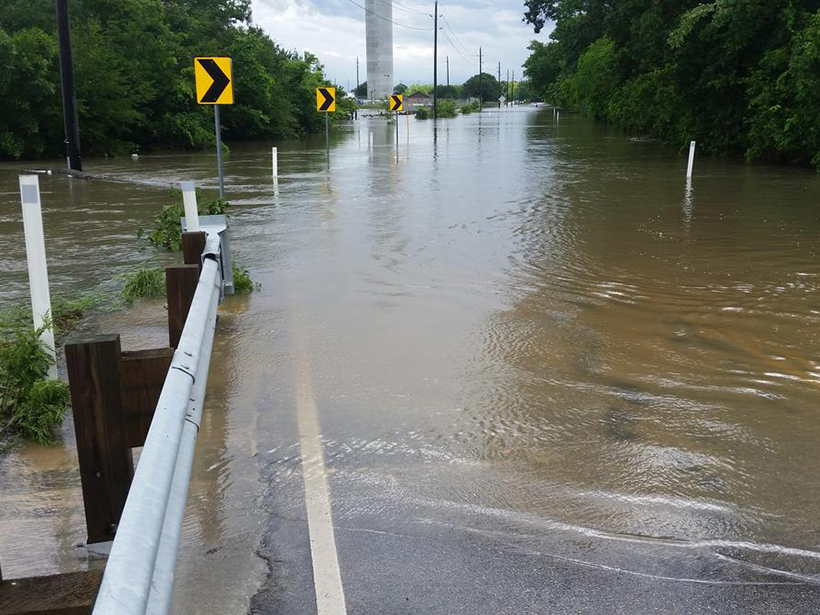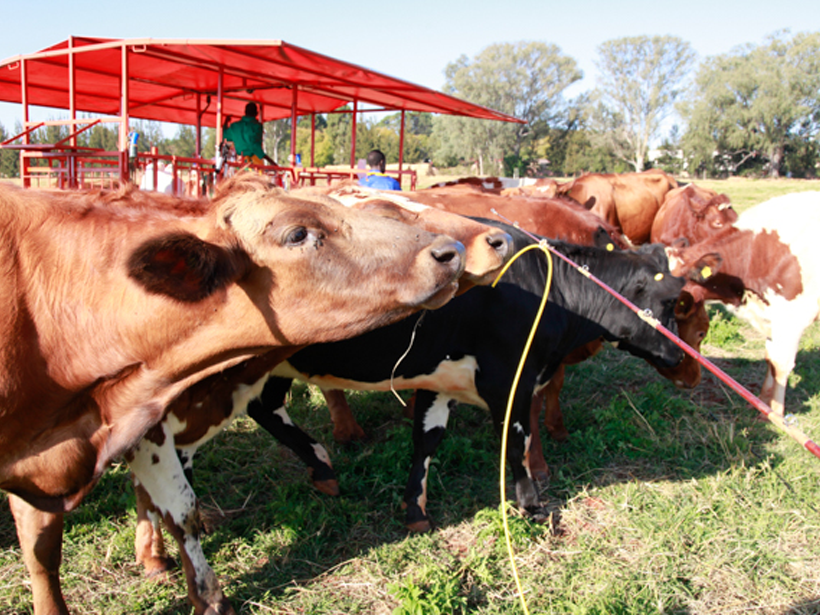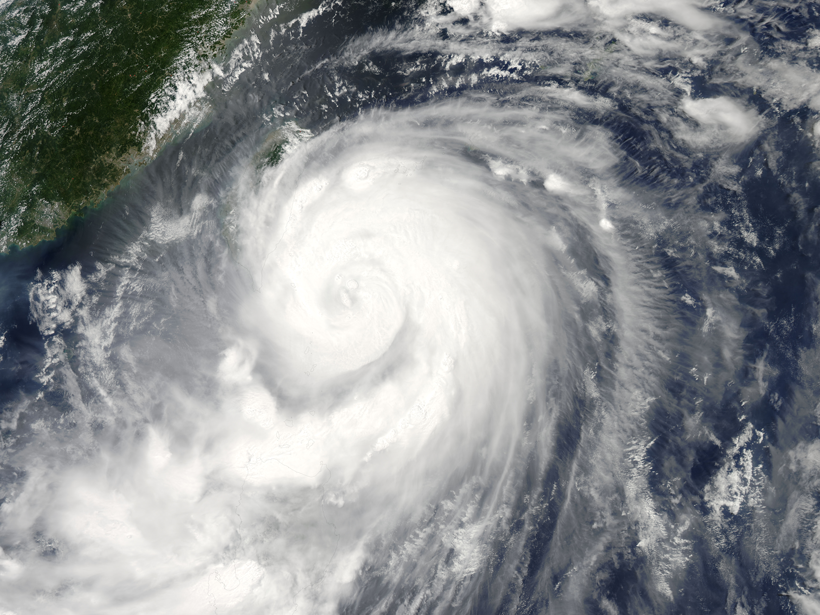Coastal wetland loss after an oil spill can be more extensive than after a hurricane.
Research Spotlights
Research spotlights are plain-language summaries of recent articles published in AGU’s suite of 24 journals.
Notorious Ocean Current Is Far Stronger Than Previously Thought
The Antarctic Circumpolar Current is the only ocean current to circle the planet and the largest wind-driven current on Earth. It's also 30% more powerful than scientists realized.
How Global Warming's Effect on Clouds May Make It Rain Harder
More clustering of clouds due to higher temperatures increases the likelihood of heavy downpours.
Tracking Trends in U.S. Flood Risk
As floods become more frequent around the globe, scientists work to pinpoint what puts certain regions at risk.
Major Ocean Circulation Pattern at Risk from Greenland Ice Melt
The current warming trend could mean the collapse of ocean's global conveyor belt, which would have far-reaching effects on climate around the world. But this collapse could still be avoided.
Probing the Source Properties of Deep Earthquakes
A global review of earthquake rupture parameters reveals that deep earthquakes have larger fracture energies and may have different rupture mechanisms than shallower seismic events.
Using Isotope Fingerprints to Solve a Methane Mystery
Atmospheric methane levels are rising, and isotopic ratios within the greenhouse gas suggest that the tropics may be to blame.
Earth's Ground Heat Flux Should Not Be Overlooked
Scientists compare models of how much heat Earth's surface gives off and absorbs from the atmosphere.
Reading Raindrops: Microphysics in Typhoon Matmo
Quantitative predictions about tropical storms require an understanding of even their smallest physical processes. A new study observes unusual microphysics in 2014's Typhoon Matmo.
Buzzing Ice Shelf Makes Waves in the Air Above
The resonant vibrations of the Ross Ice Shelf in Antarctica are disturbing the atmosphere above it, creating huge ripples.









